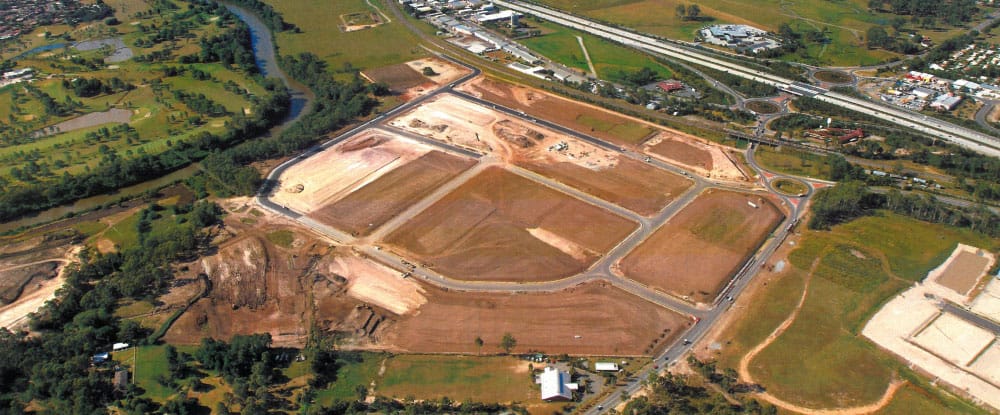Selling a piece of land can be a complex process that requires careful planning and decision-making. One of the most important decisions you will need to make when selling land is determining its highest and best use. This refers to the most profitable and feasible use for the land, taking into account the current market demand and other factors that may impact the value of the property. In this blog, we will explore how to determine the highest and best use for a piece of land when selling it.
Step 1: Conduct a Thorough Analysis of the Land
The first step in determining the highest and best use of a piece of land is to conduct a thorough analysis of the property. This analysis should include a detailed assessment of the land’s physical characteristics, such as its size, shape, topography, soil type, and natural resources. You should also consider any zoning and land use regulations that may impact the development potential of the property, as well as the location of the property and the surrounding area.
Step 2: Consider Market Demand and Trends
The next step in determining the highest and best use of a piece of land is to consider market demand and trends. This involves assessing the current and future demand for different types of real estate in the area, such as residential, commercial, industrial, and agricultural properties. You should also consider any emerging trends or changes in the local real estate market, such as an increase in demand for eco-friendly housing or a shift towards mixed-use developments.
Step 3: Evaluate Potential Development Scenarios
Once you have assessed the land and considered market demand and trends, you should evaluate potential development scenarios for the property. This involves assessing the feasibility and profitability of different development options, such as residential subdivisions, commercial developments, or agricultural operations. You should also consider any infrastructure requirements, such as road access, utilities, and drainage, and evaluate the potential costs and returns associated with each development scenario.
Step 4: Conduct a Cost-Benefit Analysis
The final step in determining the highest and best use of a piece of land is to conduct a cost-benefit analysis. This involves comparing the potential costs and benefits of each development scenario to determine which option is the most profitable and feasible. This analysis should take into account factors such as construction costs, ongoing maintenance and operation costs, potential rental or sale prices, and potential risks and liabilities.
In summary, determining the highest and best use of a piece of land when selling it requires a thorough analysis of the land, consideration of market demand and trends, evaluation of potential development scenarios, and a cost-benefit analysis. By taking the time to carefully assess the land and consider all of the factors that may impact its value, you can make informed decisions about how to best market and sell the property to potential buyers. Whether you are selling the land for residential, commercial, or agricultural use, a careful and thoughtful approach to determining its highest and best use can help you maximize your returns and ensure a successful sale.





